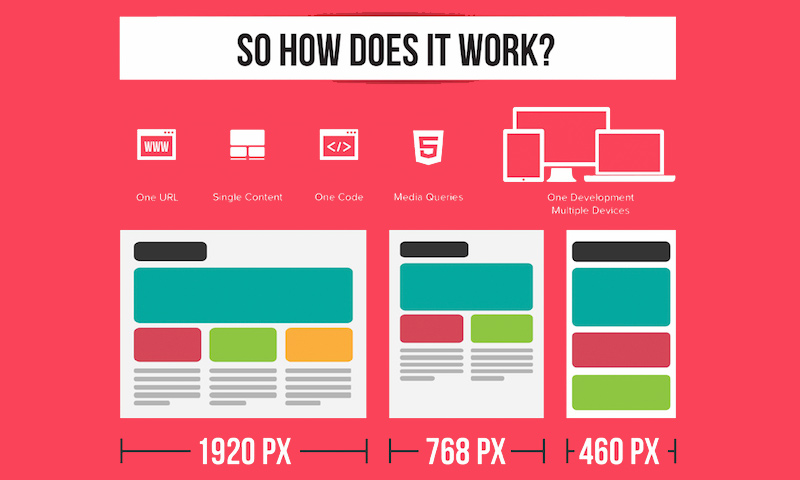Intrigued In Finding Out How Internet Site Layout Has Altered Throughout The Years? Discover The Trip
Intrigued In Finding Out How Internet Site Layout Has Altered Throughout The Years? Discover The Trip
Blog Article
Uploaded By-Johnsen Dalby
In the past, websites were easy and focused on info. Navigating was direct, and design was for desktops. Currently, customer experience is crucial. Information overviews styles for very easy navigating. Responsive layouts fit different tools. Today, dark mode reduces strain, and minimal menus enhance navigating. Interactive attributes engage users, and strong visuals attract attention. AI combination improves engagement. See how style has progressed to boost your on-line trip.
Early Days of Website Design
In the very early days of website design, simpleness preponderated. Sites were basic, with restricted shades, font styles, and formats. The emphasis was on providing info instead of showy visuals. Customers accessed the web with slow dial-up connections, so speed and functionality were key.
Navigation food selections were straightforward, usually located at the top or side of the page. Websites were developed for home computer, as mobile browsing had not been yet widespread. Material was king, and designers prioritized easy readability over complex layout aspects.
HTML was the main coding language used, and developers needed to work within its constraints. Animations and interactive features were very little contrasted to today's standards. Web sites were static, with little vibrant content or tailored user experiences.
Rise of User-Focused Layout
With the development of site design, a change in the direction of user-focused design concepts has ended up being significantly prominent. Today, developing internet sites that focus on individual experience is critical for involving site visitors and achieving service goals. User-focused design includes recognizing the needs, choices, and actions of your target market to tailor the internet site's layout, web content, and includes appropriately.
Designers currently conduct complete study, such as customer surveys and usability screening, to collect understandings and comments directly from individuals. This data-driven technique assists in producing intuitive navigation, clear calls-to-action, and aesthetically attractive user interfaces that resonate with site visitors. By putting the individual at the center of the layout procedure, sites can provide a much more tailored and satisfying experience.
Receptive layout has actually likewise emerged as a crucial aspect of user-focused design, ensuring that web sites are maximized for different gadgets and display sizes. This flexibility boosts accessibility and usability, accommodating the diverse methods individuals connect with internet sites today. Fundamentally, the surge of user-focused layout symbolizes a shift in the direction of producing digital experiences that prioritize the demands and assumptions of the end individual.
Modern Trends in Website Design
Explore the latest fads forming website design today. One popular pattern is dark setting design, supplying a sleek and modern look while lowering eye stress in low-light environments. One more vital pattern is minimal navigating, simplifying menus and improving individual experience by focusing on essential elements. Incorporating micro-interactions, such as computer animated switches or scrolling effects, can develop a much more engaging and interactive site. relevant web page remains important, making certain seamless user experiences throughout different gadgets. Additionally, making use of strong typography and asymmetrical designs can include visual rate of interest and accentuate certain web content.
Integrating AI modern technology, like chatbots for client support or personalized recommendations, boosts user interaction and enhances processes. Accessibility has likewise become a significant fad, with designers focusing on inclusive layout methods to cater to diverse user demands. Accepting sustainability by enhancing site performance for speed and effectiveness is another emerging fad in website design. Collaborating with user responses and information analytics to repeat and boost style constantly is vital for remaining pertinent in the ever-evolving digital landscape. By embracing these contemporary fads, you can create a visually enticing, user-friendly internet site that reverberates with your target market.
Conclusion
As you assess the advancement of website style from the early days to currently, you can see how user-focused design has ended up being the driving pressure behind modern trends.
Embrace the journey of modification and adaptation in website design, constantly maintaining the individual experience at the center.
Tippingpointdigital
Remain existing with the current fads and modern technologies, and never ever stop evolving your approach to create aesthetically stunning and easy to use web sites.
Evolve, adjust, and create - the future of website design remains in your hands.
